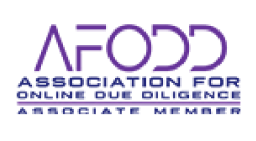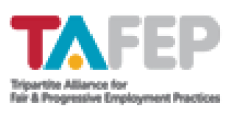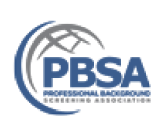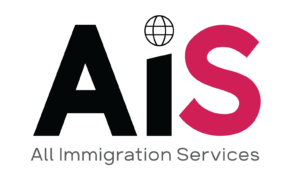New employee onboarding is crucial to building a sense of belonging and sets the foundation for future experiences with the company. A study by Bamboo HR found that effectively onboarded employees were 18 times more likely to feel highly committed to their organisation. Furthermore, 91 per cent of employees who had effective onboarding felt strongly connected at work, compared to only 29 per cent who had ineffective onboarding.
But how will employee onboarding processes change post-COVID-19? According to the BBC, the future workplace is expected to be more dispersed, with more distributed offices and rotating office days. A Gallup survey also found that more than half of employees wish to continue working from home as much as possible, even after the pandemic subsides. This means that future work arrangements will become a hybrid of remote work and office time.
With a more diffused workforce, HR teams will face certain challenges when onboarding new employees and returning employees alike. Here are 5 things HR managers and team leaders should keep in mind for effective onboarding best practices in a post-COVID-19 workplace.
Ensure that new work processes are clearly outlined
Whether related to operations and workflow, productivity and reporting, or even hygiene and safe distancing protocols, work processes are certain to have changed post-COVID-19.
No matter the changes, make sure that all employee onboarding materials like welcome decks, literature, or access to digital tools are updated with these new processes clearly outlined, so employees aren’t confused about what they should (and shouldn’t) do.
Another hallmark of the future workplace is flexibility, but it needs to be made clear during new employee onboarding what can and cannot be flexed. For example, remind employees to stay home if they’re sick, no exceptions allowed.
Provide adequate training for use of digital tools
To manage remote work during COVID-19, companies would have adopted digital tools to assist with communication, collaboration, project management, and more. But new technologies are only effective if your staff know how to use them. And with greater digital transformation in all industries, the use of digital tools will continue to persist – and even grow – in the post-pandemic workplace.
To ensure that all employee engagement is properly initiated, HR teams will need to coordinate with internal IT and product teams to ensure that any necessary support and training is provided.
But while building your digitally enabled workforce, it’s also important to be mindful that everyone’s technical literacy differs, so be sure to customise training accordingly.
Be more conscious about establishing company culture
Employees with strong social ties at work are more creative and productive, but making friends can be tricky in a post-COVID-19 workplace with fewer in-person interactions. In the past, onboarding new hires may have involved a buddy system, but that’s not as viable anymore.
HR can step in to help kickstart and cultivate that sense of camaraderie, whether through assigning a ‘welcome buddy’ to new hires, organising social activities for employees, or simply employee engagement on a more personal level.
Be transparent about the future and reinforce your company mission during employee onboarding
It’s understandable that businesses will still be adapting to post-COVID-19 industry trends, which may result in changing job descriptions, workloads, and role definitions.
Be transparent about this during employee onboarding. Underpin everything with the company’s mission and vision for the future, so that employees can buy into the bigger picture.
Prioritise cybersecurity and compliance
The number of cyberattacks and cybersecurity risks have increased since COVID-19, caused by both human error and the increasing number of potential penetration points.
As data becomes more distributed, cloud dependence increases and network access points proliferate, more has to be done to mitigate data and security risks, and everyone needs to take responsibility. This must be clearly communicated during onboarding.
In summary, with so many changes to the future onboarding process, it’s understandable to feel confused about where to begin. A good place to start is to first review your existing onboarding program to identify areas that need to be adapted to a post-COVID-19 reality.
For example, converting in-person orientation to online orientation, or having digital employee manuals over hardcopy ones. Once that has been done, you can move on to incorporating any new policies, processes and work protocols into your employee onboarding best practice.







